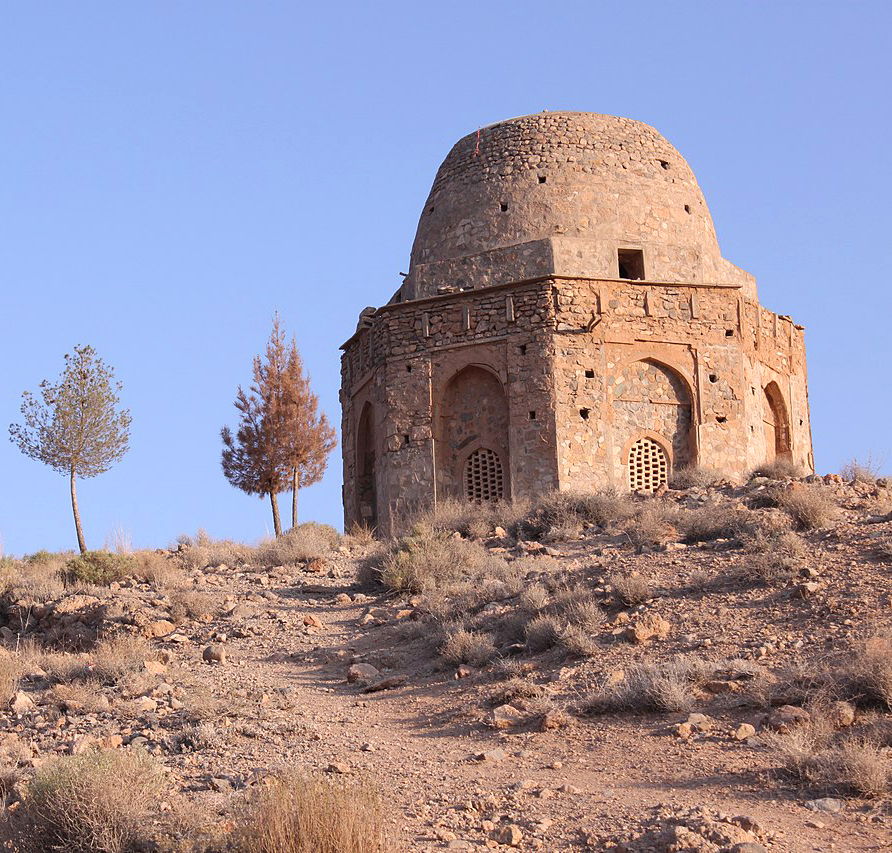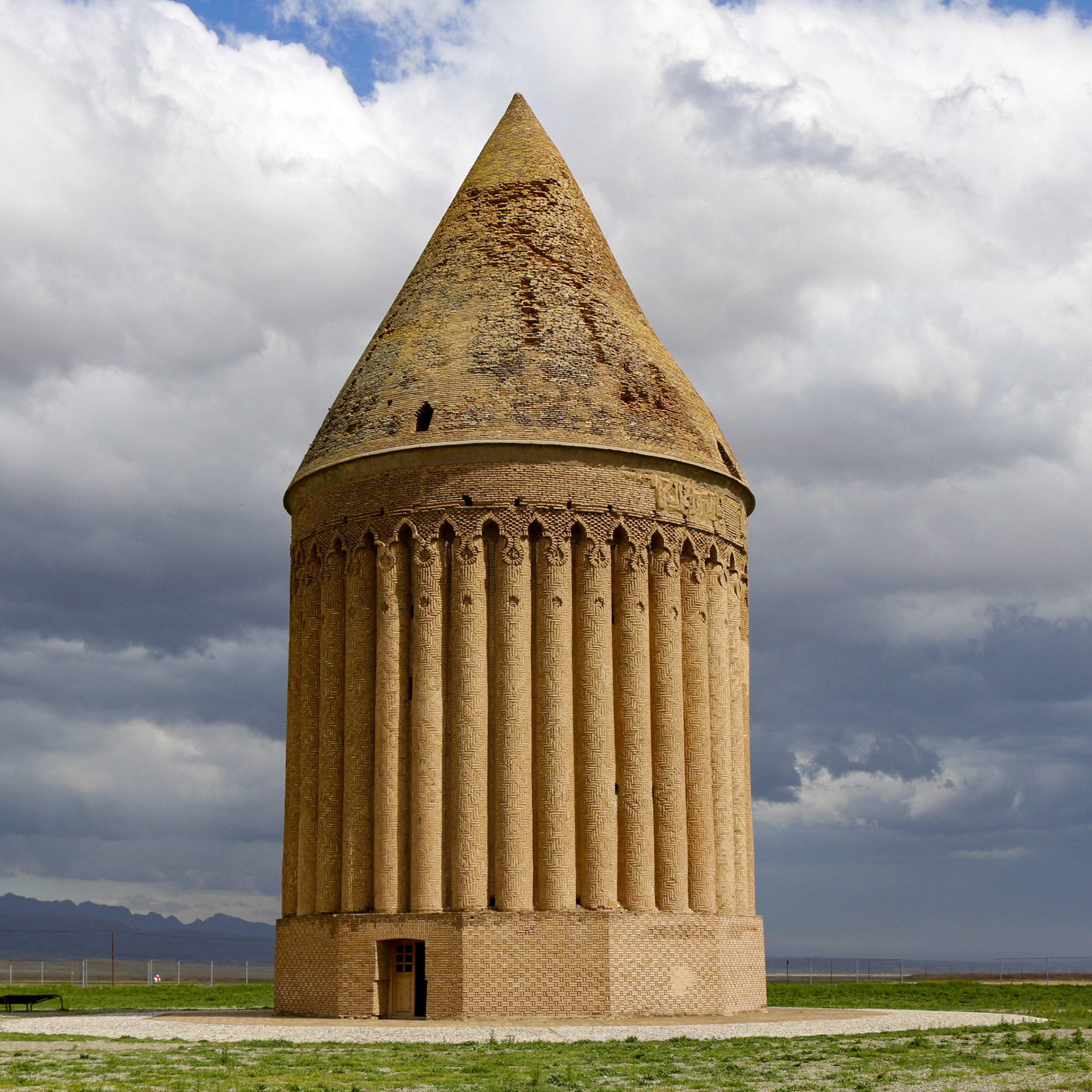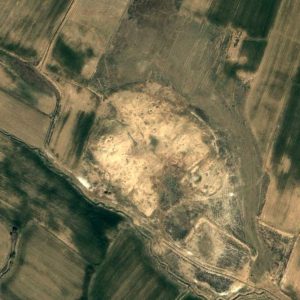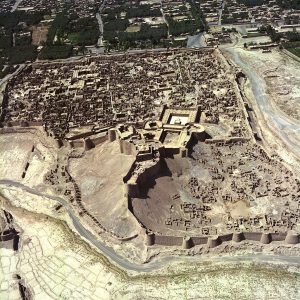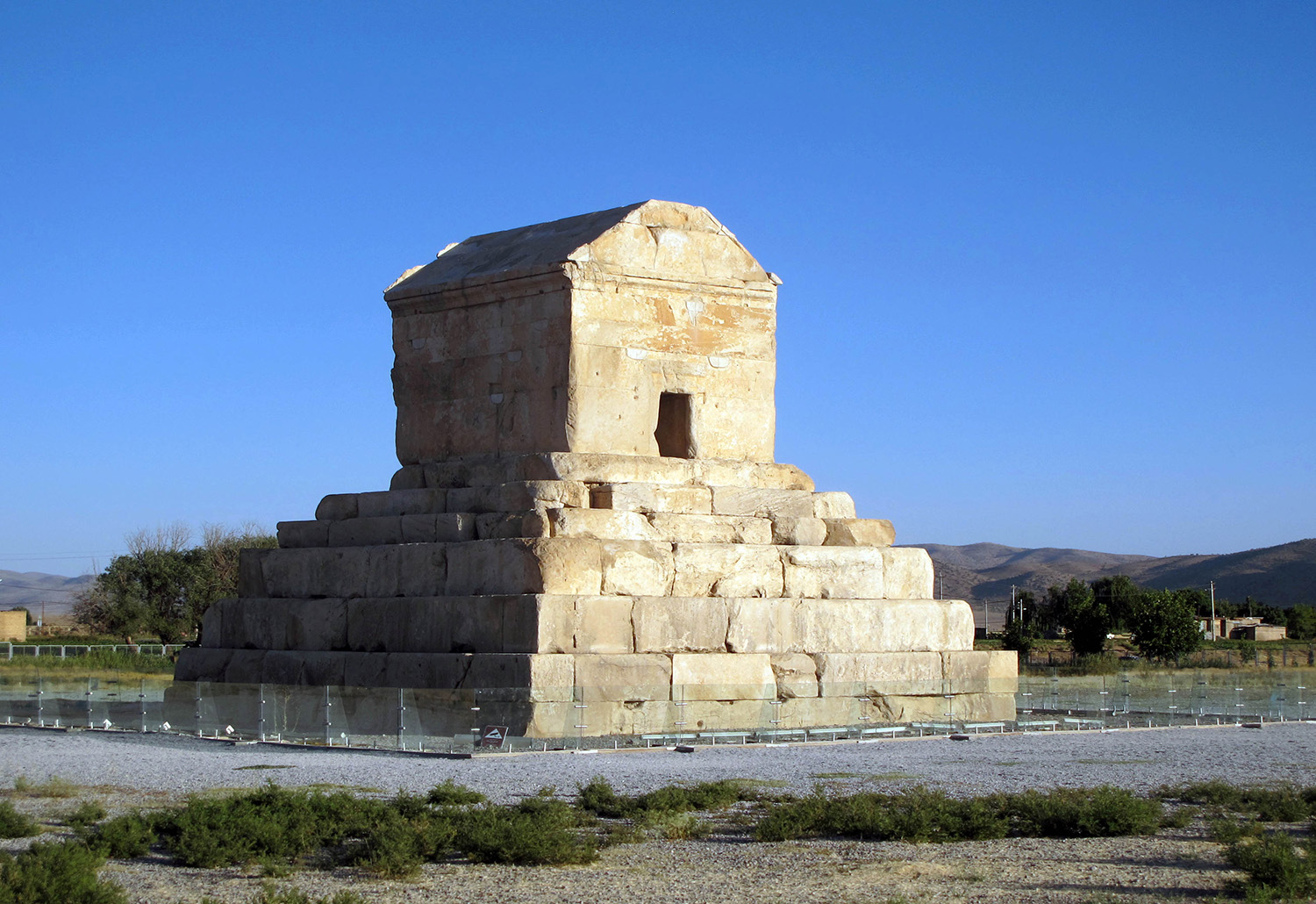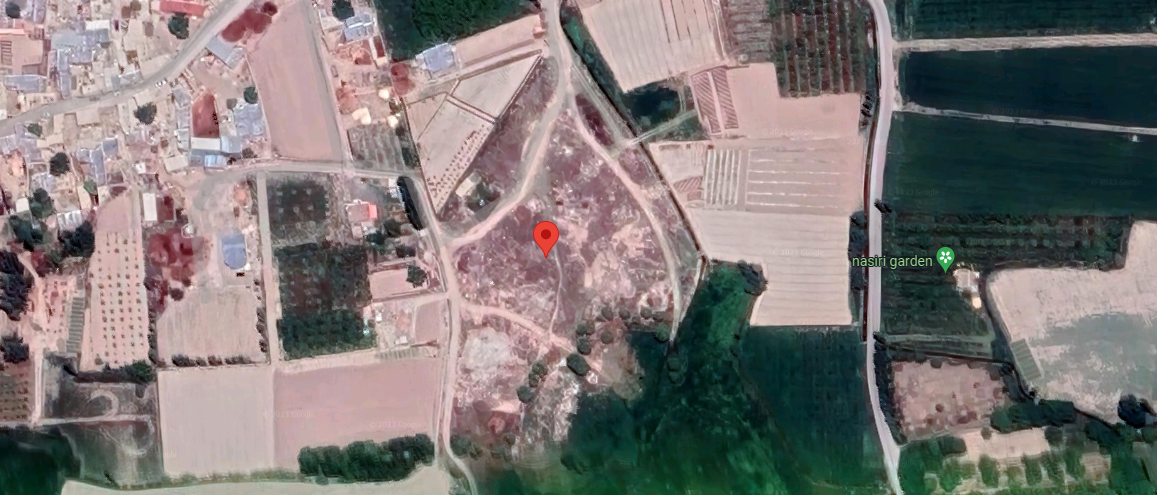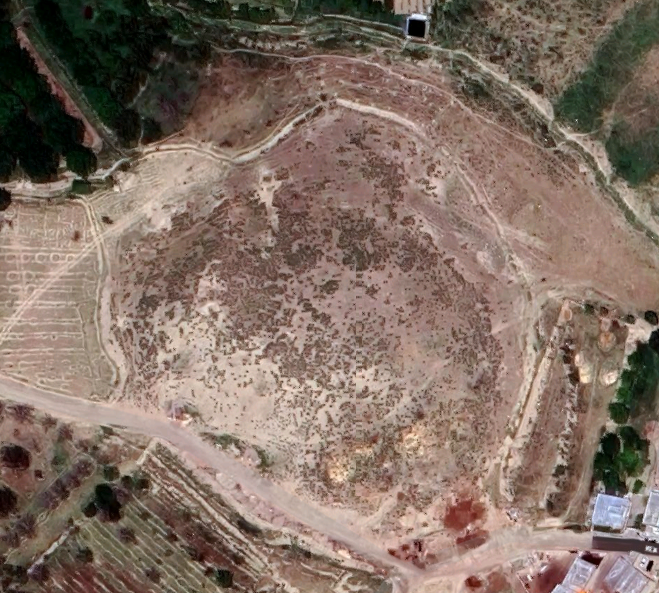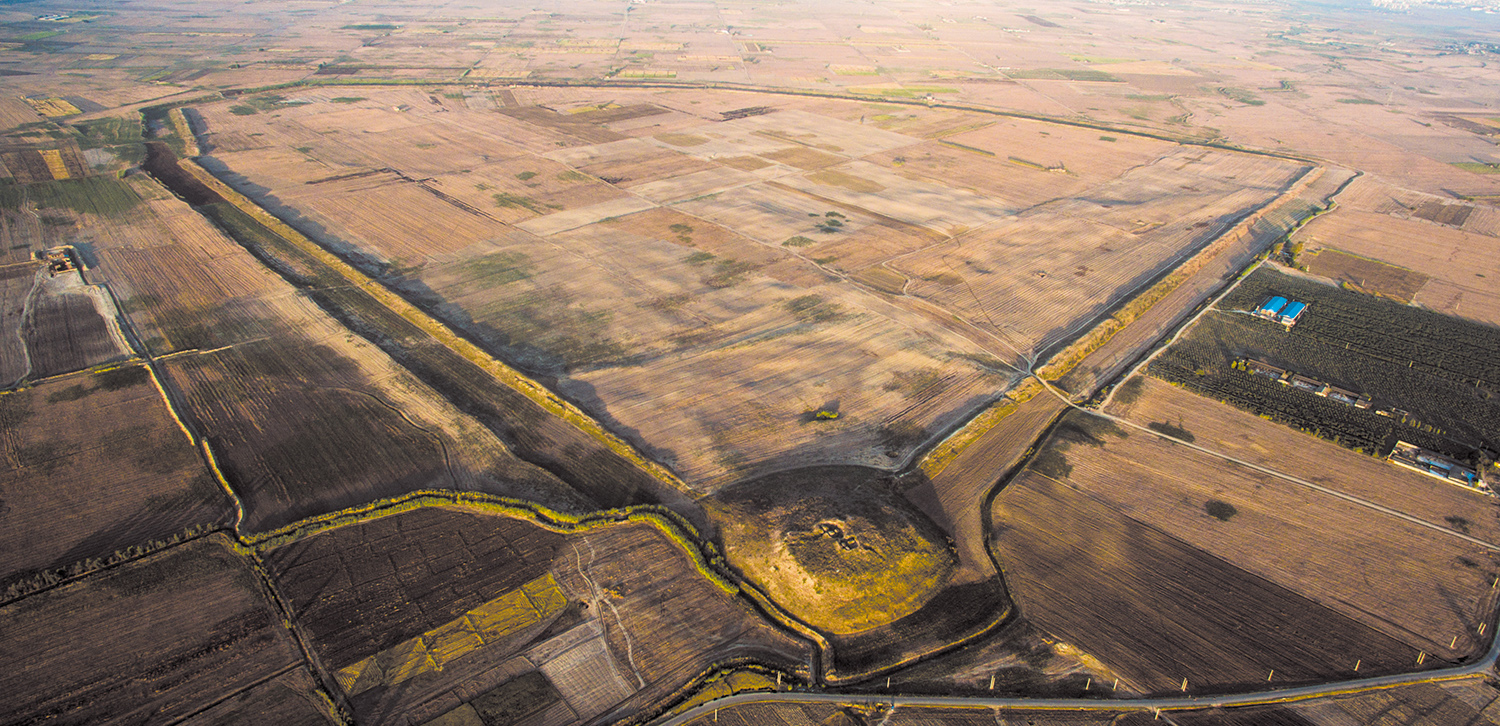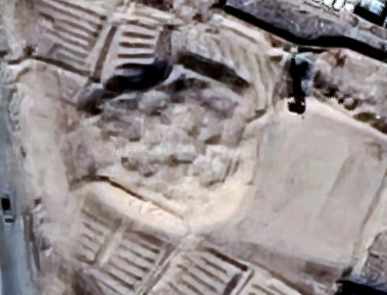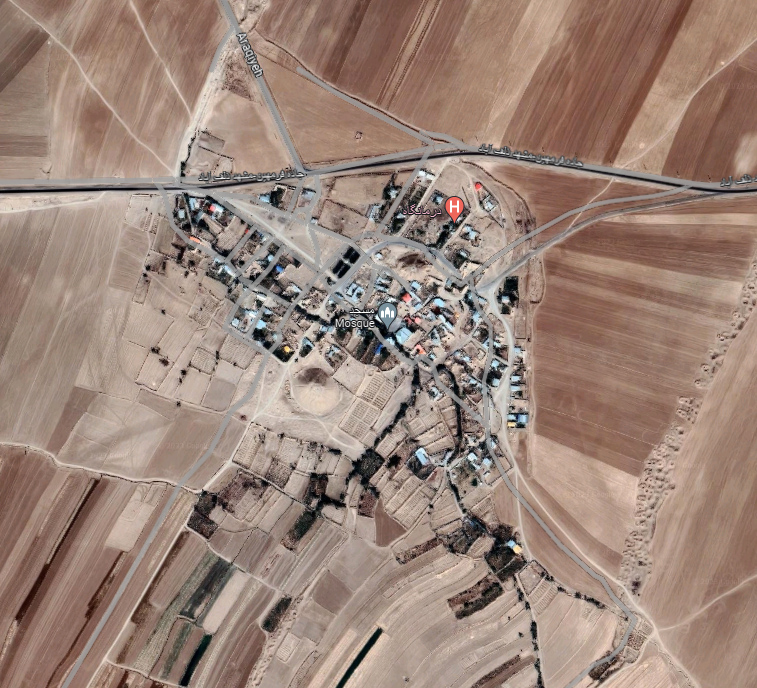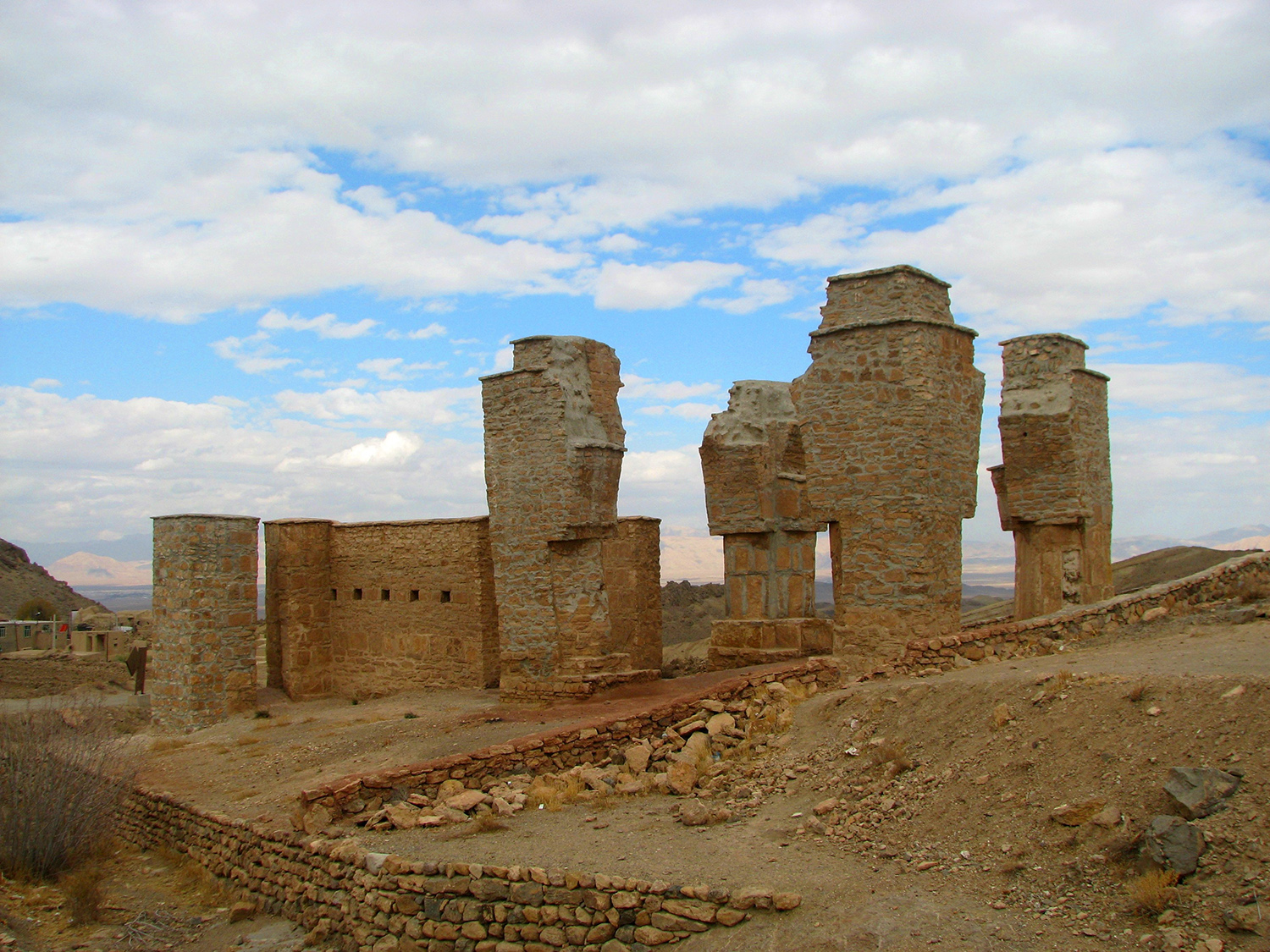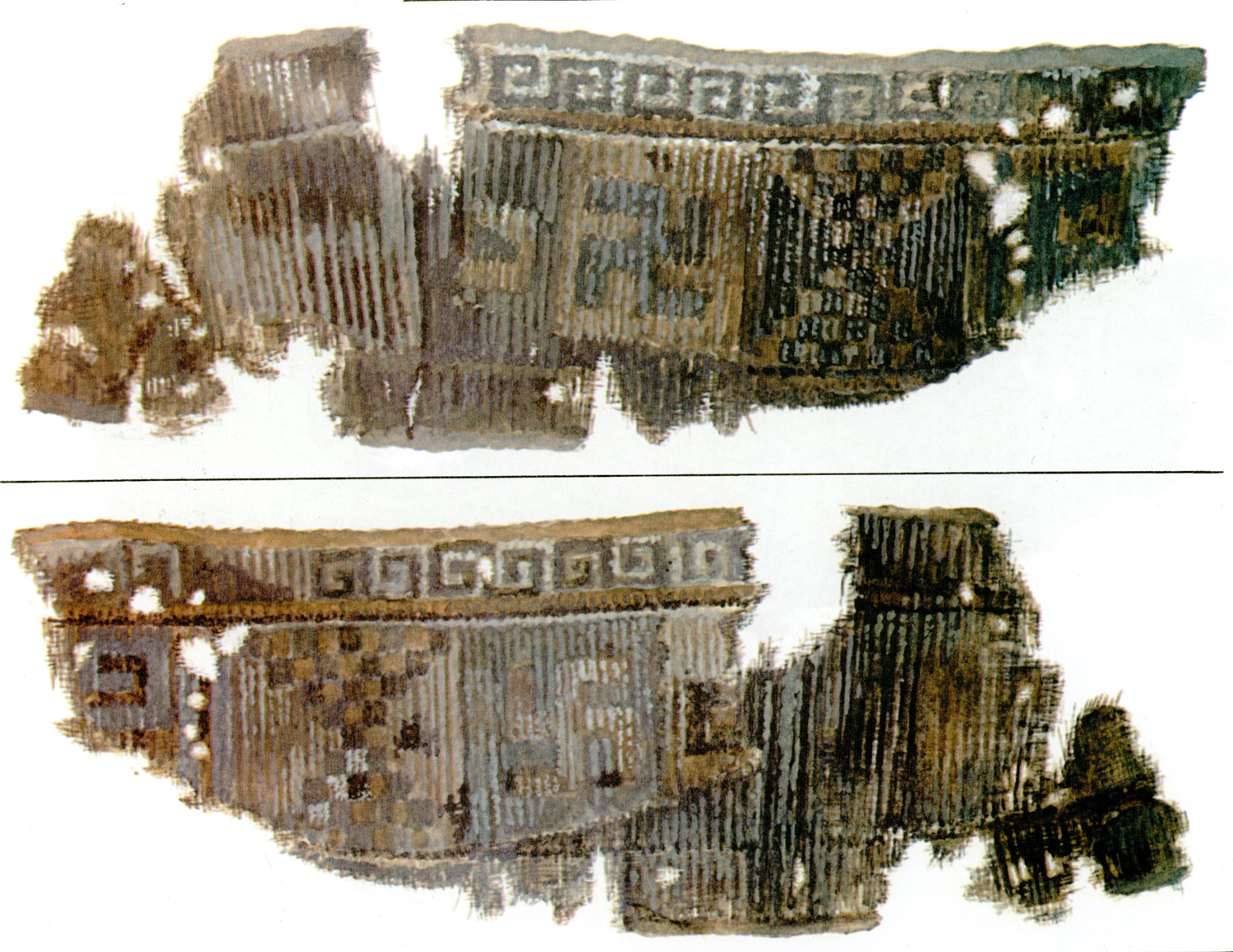Lamāلما
Location: Central western Iran, the Province of Kohgiluyeh and Boyer-Ahmad
31°02’35.0″N 51°13’19.0″E
Lamā is the name of an ancient graveyard on the right bank of the Beshar River in the Zagros mountains.
Map
Historical Period
Bronze Age - Iron Age
History and description
The graveyard of Lamā is in the vicinity of a village of the same name on the northern bank of the Khersān River, one of the main tributaries of the Kārūn River. The archaeological site lies on the slope of the mountain overlooking the river. A total of 71 graves were uncovered at Lama. The majority of graves are in stone and covered with large slabs. Some contained single inhumations, but most seem to have been re-opened for secondary inhumations. The dead were buried in a flexed position on their right side. Grave goods consist of pottery vessels, bronzes, and beads in stone.
Finds
Discovered finds consist of painted pottery vessels, terracotta objects such as cribs or coffins, and bronze weapons.
Bibliography
Rezavani, H., K. Roustaei, A. Azadi, and E. Ghezelbash, Final Report of the Archaeological Excavations at Lamā Cemetery, Tehran, 2007. In Persian with abstract in English.
Sołtsyak, A., M. J. Jafari, M.J., and N. Rajabi, “Short Fieldwork Report. Lama and Tol-e-Khosrow (Iran), seasons 2008-2010”, Bioarchaeology of the Near East, No. 4, 2010, pp. 63-69.
Author: Ali Mousavi, November 2022
Originally published: November 22, 2022
Last updated: September 16, 2024








